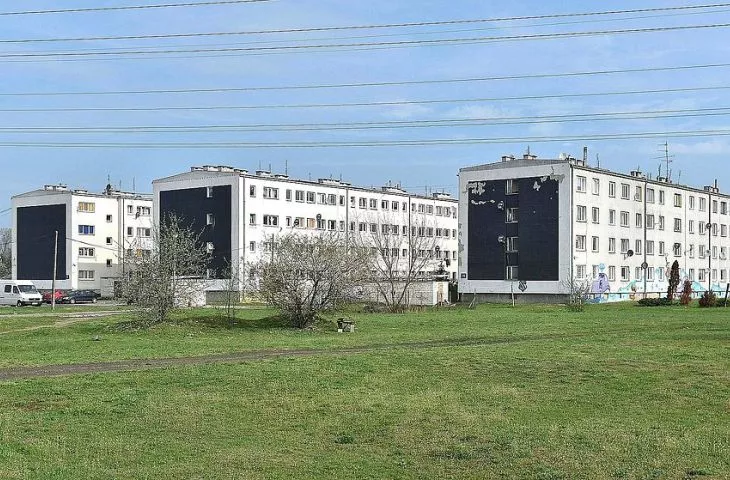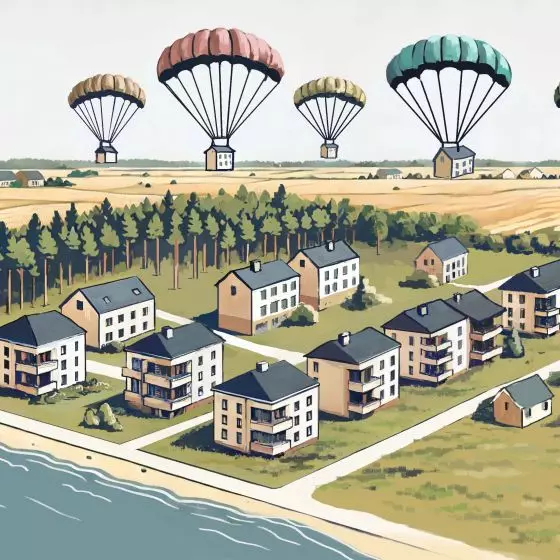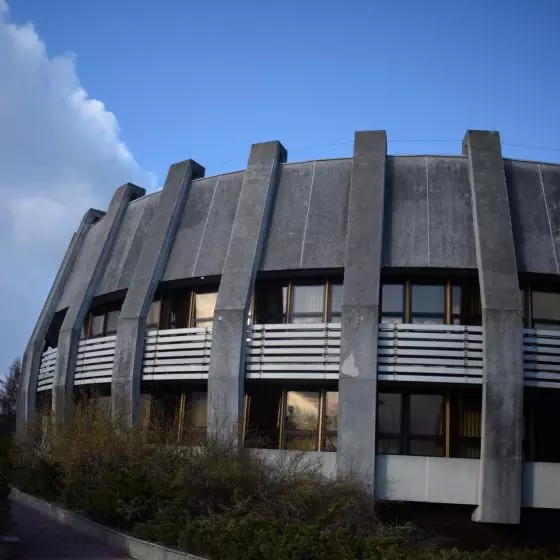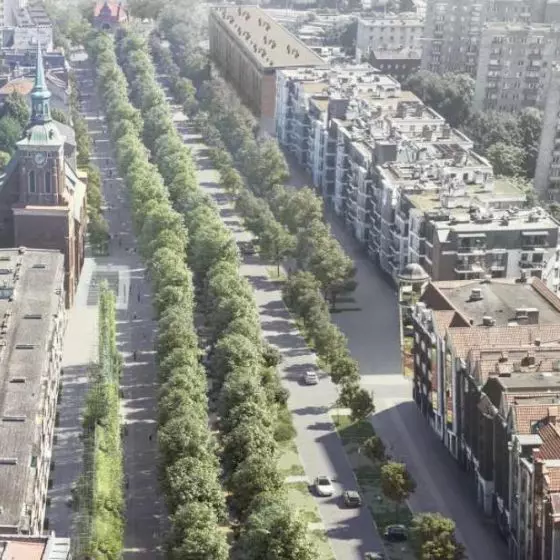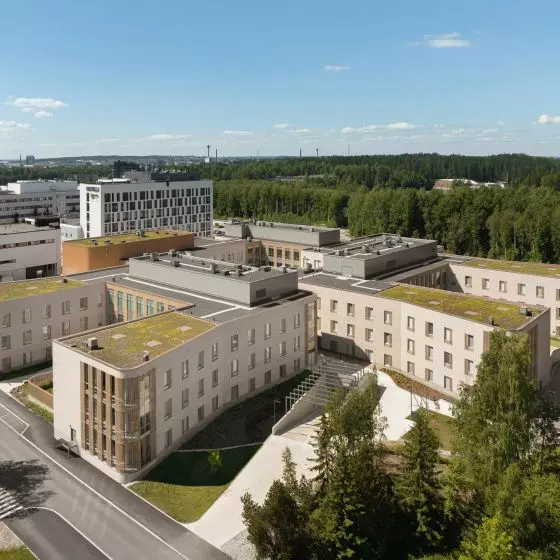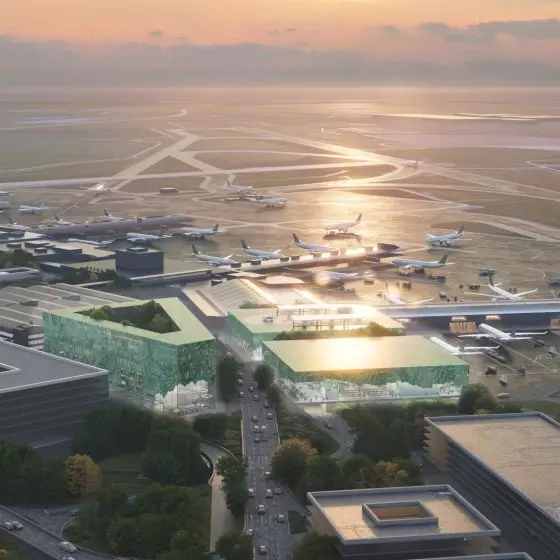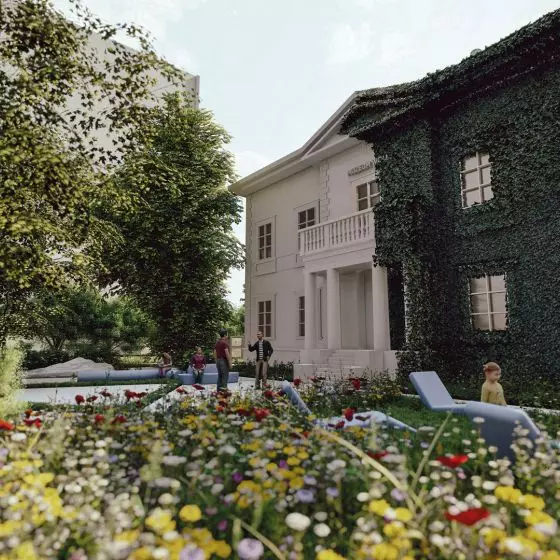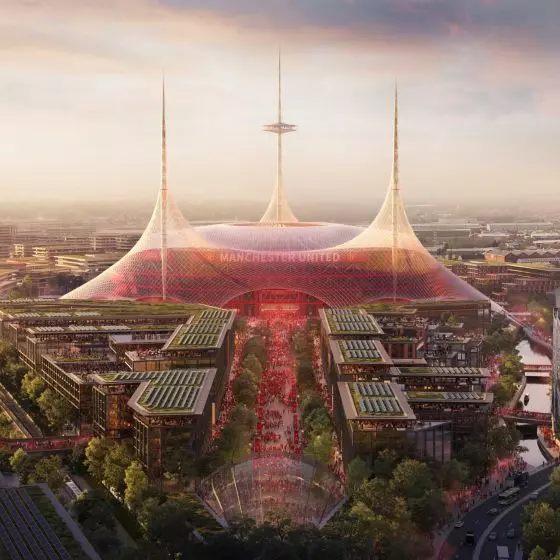At the beginning of 2021, the last tenants of a housing development on Dudziarska Street in Warsaw moved out, but this does not make the buildings completely uninhabitable. Many abandoned apartments are inhabited "in the wild" by people facing homelessness. What will happen next to the fatal ghetto of Praga Południe?
squatters and police officers
The complex of three three-story blocks of apartments (Dudziarska 40, 40a, 40b) in Kozia Gora was built in 1994-96. There were a total of 216 apartments, onis low standard, small area. The idea was that the apartments in the three blocks built by the city would be settled by squatters and people evicted from Praga Południe and Downtown. To ensure the safety of the city, the idea was that police officers and their families would move into Dudziarska Street, which was supposed to ensure peace in the neighborhood. However, most moved out over time. Why? The estate resembled nothing like a real estate....
lack of infrastructure
The standard of the buildings was unacceptably low. The blocks were devoid of central heating, no gas piping was provided, and thermal insulation was practically zero. In addition, except for three buildings, no infrastructure of any kind was provided all around. The buildings, despite being only two kilometers from the well-connected Wiatraczna Roundabout, are located in complete wilderness between the Olszynka Grochowska railroad siding and the tracks for commuter trains. The only street that can be used to reach Dudziarska Street leads past the detention center and is lined with dilapidated paving stones. The lack of good access to the settlement has resulted in tragic consequences. Residents, traveling to Warsaw, took shortcuts through the railroad area. Only unfortunate accidents drew the attention of the city authorities to the problem of the estate, and a bus began to run along Dudziarska Street, whose route took a circuitous route. Travel time by bus was twice as long as the time to cover the route on foot.
isolation in the vicinity of the prison
Right next door is a large and still operating MPO garbage incinerator. The blocks were located without any assumptions, infrastructure, school, clinic or even a grocery store. For this, in the vicinity of the garbage incinerator and the penitentiary. In addition, high-voltage power lines were placed above the buildings and the so-called, recreational area. No one wanted to live there. But some people had no other choice.
It is an area between the railroad tracks, isolated. This was completely intentional. It wasn't supposed to be for people who would want to live there, who would demand what the settlement should be. These were rotating houses that they were to get out of as quickly as possible. Of the lowest possible standard, so that they wouldn't want to stay there and so that they wouldn't see it as another gift from the public administration, from the public. It is possible that this settlement is now a ghetto. I think the decision was the right one. Something had to be done with these evicted people. - said the then mayor of the Srodmiescie district in the program "TVN Uwaga" in December 2005.
housing estate and art
The controversial artistic interference in the housing estate took place in 2010 and is a perfect example - how not to combine art with archikterture. Murals inspired by the works of Piet Mondrian and Kazimir Malevich's "Black Square" were painted on the walls of the blocks. Not only that, no one involved the residents in the artistic process and in shaping the space they live in. The murals were created without any consultation. In particular, the inspiration of Malevich was considered by residents to be fatal to the neighborhood. Another absurd form of integrating the estate with the world was the inclusion of the buildings in the action of the "Warsaw Under Construction" festival. One could then take the festival bus from the city center and visit Dudziarska Street to... Notice the architectural phenomenon? The Can Foundation recalls Janusz Byszewski's stories in which it was like a , "human zoo".
photo: warsaw mosaics | www.warszawskie-mozaiki.pl
end of the experiment
Over the decades, the estate underwent only minor renovations. Most of the premises were abandoned and devastated. Only in 2015, after many promises, did the city decide to find replacement housing for the estate's tenants. The estate lost its residential function over time. As the last officially registered families moved out, their relatively well-kept apartments were taken over "in the wild" by people facing homelessness. Currently, only a guardian officially lives there.
In addition to the damaged human psyche, it is worth recalling that this architectural and social experiment cost Warsaw PLN 4 million. Another 4.3 million zlotys was consumed by the residents' debt from unpaid rents.
Will the remnants of the Warsaw experiment be demolished, as those in power have repeatedly promised? Will they remain a tangible memory of the ill-fated housing policy for a long time to come?





